Faithfully Fighting Homelessness
"The good news is that anyone can serve, and everyone can make a difference."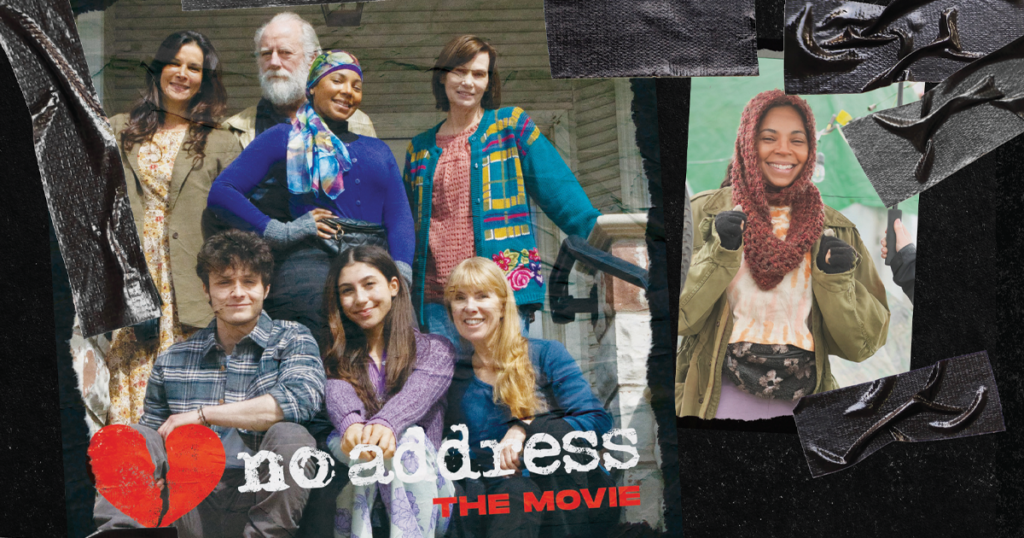
In anticipation of the “No Address” movie, The War Cry recently sat with Dr. Robert Marbut to discuss homelessness in America. Dr. Marbut has worked on homelessness issues for four decades. As the founding president and CEO of Haven for Hope and serving as the White House’s “Federal Homelessness Czar,” Dr. Marbut has consulted on homelessness issues with more communities and organizations than anyone else in the United States and has worked in three different presidential administrations. He is an executive producer of the “No Address” movie, starring Billy Baldwin, Beverly D’Angelo, Xander Berkeley and Ashanti, as well as the “Americans with No Address” documentary, and is the author and editor of the “No Address Interactive Study Guide.” Currently, he is a Senior Fellow at the Discovery Institute.
How did you become an expert in a topic that so many people would rather ignore?
When I was a teenager, our pastor came to church one Sunday and said, “I had a great sermon prepared, but we’re not doing that sermon.” He told us someone had died the night before trying to scratch his way into the back door of the church. It was a real story, but it’s also sort of a parable. Our congregation instantly created a warming shelter literally the next night. And after that, I got very involved with my church’s efforts. And I went away to college, came back, went away to grad school, came back, went away to work on Capitol Hill, came back, went away to work in the White House and came back.
When I returned to volunteer, something really struck me. I would ask where some regulars at the shelter were, like, where’s Guadalupe? Where’s Jose? Where’s Robert? Where’s Lisa? Where are they? Nobody ever said they got out of homelessness, nobody ever said they got a job, nobody ever said they moved into housing and were stable. Every person I asked about had died while I was gone. That seemed to be the only way to exit homelessness.
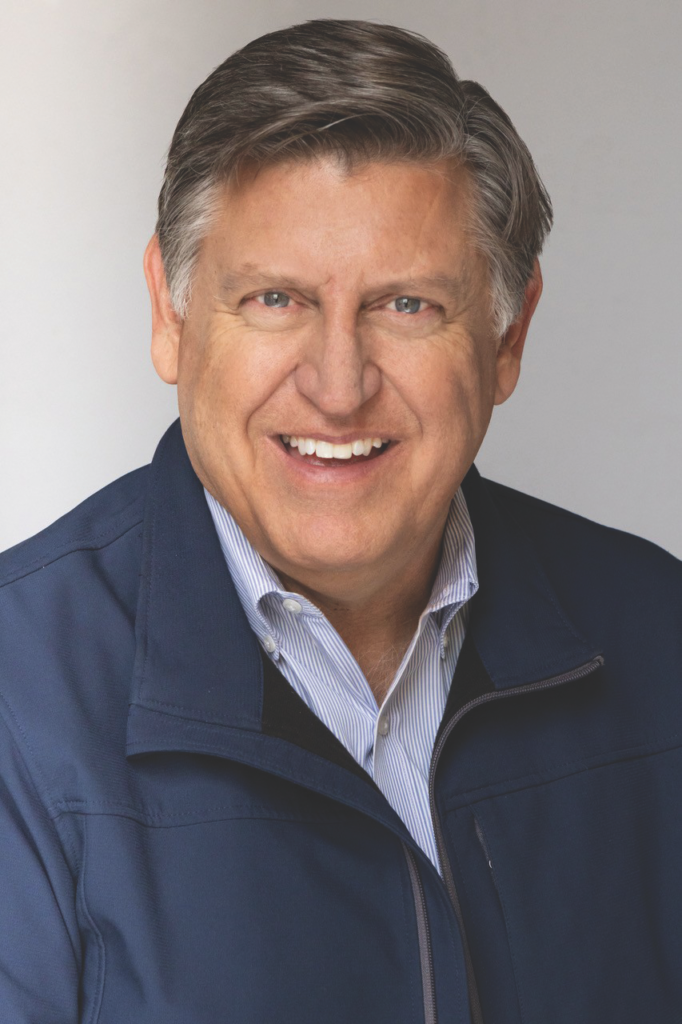
I realized that everything we were doing was a temporary fix. Nothing seemed to have a lasting effect. How do we help someone get out of homelessness forever? That should be the only measurement of any effort: did we help you get out of homelessness forever? So I started considering the issue at a scientific, clinical level. I’ve been doing that now for 25 years.
It’s nice to say we got them toiletries, a bag of food, this and that, but they weren’t getting out. And that’s where you look at The Salvation Army with the most incredible programs I’ve seen around the country, like the Harbor Light Center in San Francisco. We need to be focused on programs like that. You don’t get recovery without treatment, so you must have treatment, and you’ve got to get it with the goal of full recovery. So that’s how I got into it. I was doing a really good job of keeping people alive and on the street, but individually and collectively, we weren’t doing anything to get people out of it.
How do we solve homelessness, both individually and on a systemic scale?
There are ten different categories of homelessness tracked by the federal government, five by Department of Education, five from Housing and Urban Development (HUD). Education has 1.5 million people in their five categories, mostly children K–12. HUD tracks 1.2 million people, mostly adult, and inside the 1.2 million is the 650,000 that most American media focuses on. Those are the people you see on the street when you look out your window. That number is doubling now every five years. In 25 years, that will be over 10 million people if something doesn’t change. And that’s just the official government number. Most advocates will tell you the real number is higher.
We know that many, if not most, of the folks in street level homelessness have untreated mental illnesses and substance use disorders thanks to the biggest study on homelessness ever done by Cal Berkeley and UCLA. When you ask people to self-report, 50% say they lost their housing because of mental behavioral illness. One half also say they lost it because of substance use. Now, a myth that sometimes comes from one side of the question is they’re recreational drug users. That’s a myth we need to dispel because people on the street can’t afford to be recreational drug users. And almost all the time it’s self-medicating. If we had gone through the trauma that these individuals have, we would probably self-medicate.
The National Leaders, Commissioners Hodder, and The Salvation Army have been going after this problem in a very organized scientific way. You have Harbor Light, Adult Rehabilitaton Centers (ARCs), and other local programs. That is the treatment that is getting people out. The Salvation Army is getting it done. What I would like to see is how do we get more people into those programs? How do we expand, get resources for the Army? How do communities of faith and secular communities help? You support The Salvation Army to get people into those treatment programs, because they work.
After someone’s been on the street, you do not get recovery by jailing a person, and you don’t get recovery by letting somebody hang out on a park bench. You get them when they’re in one of your programs. I was asked on a TV interview to summarize my position in an elevator pitch. And I said right now in America, we’re making it easy to get high and hard to get treatment, and we need to switch it on its head. We need to make it easy to get treatment and hard to get high.
One of the incredibly great things The Salvation Army does is customize treatment because everybody has a different traumatic set of events that got them to that point. The alternative is the medical equivalent of an emergency room, that is only stocked with antibiotics. You’re having a heart attack or a stroke? We’ve got an antibiotic for you. It’s literally the same. Right now, all ten categories of the homeless are going to be treated the same way.
If you have an untreated mental illness, why shouldn’t you get treatment to get your housing? Why shouldn’t you also see a case manager? If you have struggle with substance abuse, why aren’t you in a Harbor Light or ARC? That’s how you get recovery.
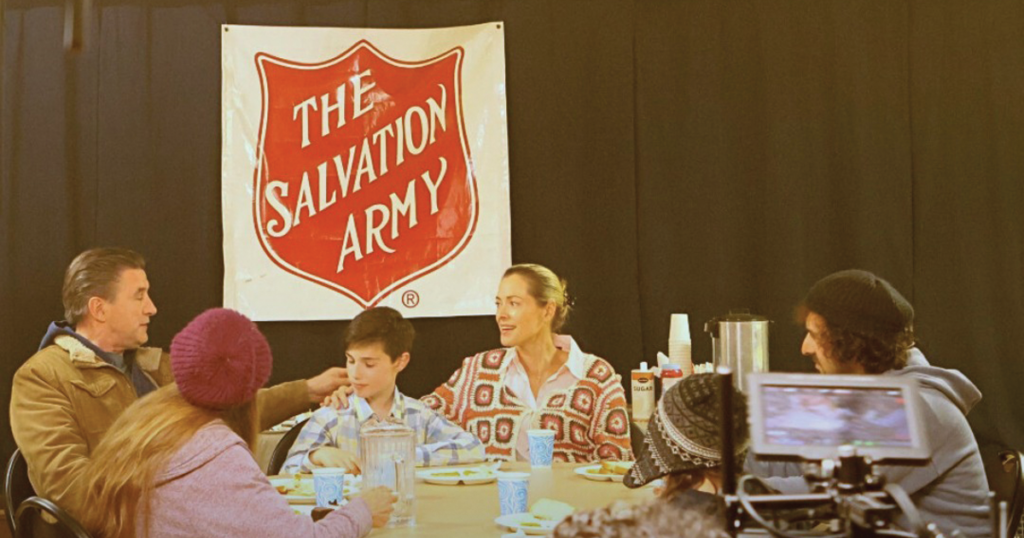
Could you speak to the intersection of faith, recovery, treatment and exiting homelessness?
The more holistic the program is, the more sustainable recovery is, the faster recovery is. Not everybody recovers through a faith-based program. And I think this problem is so big, we need room for all types of recovery systems. But faith at a clinical level helps. Johns Hopkins has a behavioral, mental health and substance abuse clinic in Baltimore. It’s been there for 13 years and they’re knocking it out of the park. The leaders there told us about a doctor who says faith helps. And people of faith at their program say we needed science and medicine to make it scientifically and clinically sound. Why would we fight that? That should be the model. We should be saying, how do we bring the best of both together? At a clinical level, I have found over and over, more often than not, the faith component makes recovery a little bit faster, but it also makes it very sustainable in the long run. Does everybody recover that way? No. I’ll be the first to say not everybody’s that way.
If you look at efforts against homelessness in America, it started in the 1860s, right after the Civil War. The faith community led the way. Groups like The Salvation Army, the Union Rescue Mission, the Bowery Mission and the Red Cross. Who’s their target group? The widows and orphans from the Civil War. Who led the way? The faith community.
For 120 years The Salvation Army and the Rescue Mission and City Gate communities led the charge. Now, heads of government are saying we need to make treatment required for all people leaving jail and prison, which is about a 60% overlap with our community. There’s a good start. I’ve always said we need to incentivize treatment and we should have required services. Participation doesn’t mean you’re successful, because some won’t be. Some won’t be successful the first time, the third time, the fourth time, or the fifth time. We in the faith community have to be patient. My rule of thumb is, you need about a month of recovery for every year you’ve been on the street. So if you’ve been on the street seven years, it’s seven months. I know that from a lot of anecdotal data. And so if you’ve been on the street 18 years, the idea that you’re going to be clean and sober, job ready in 15 days, 18 days, or 28 days, I think, is a fallacy.
We need to be patient as people recover, because recovery is not a straight line. We’re talking about human beings, and we’re in the world of gray. Recovery is not black and white. Recovery is a jagged line. Hopefully it’s a jagged line that’s going upward, but it’s not a straight line. And we’ve got to be tolerant of that.
How do you see the No Address project helping this whole issue?
The movie, the soundtrack and the novel are going to raise general awareness for all of America and make the issue very human to help people realize homelessness could happen to them. The documentary is going to address governmental policymaking to say, let’s fix that. And the interactive Bible study is going to improve the response of the faith community. If we can get the faith community involved with a better response, improve the government response and get the general public going, that’s how we will really make progress. That’s how we properly address homelessness.
The Big 5
Robert Craig Films is releasing five projects dedicated to fighting homelessness. Half of the net proceeds from these will be donated to organizations and churches across the country that are working hard to address the homeless crisis in their communities.
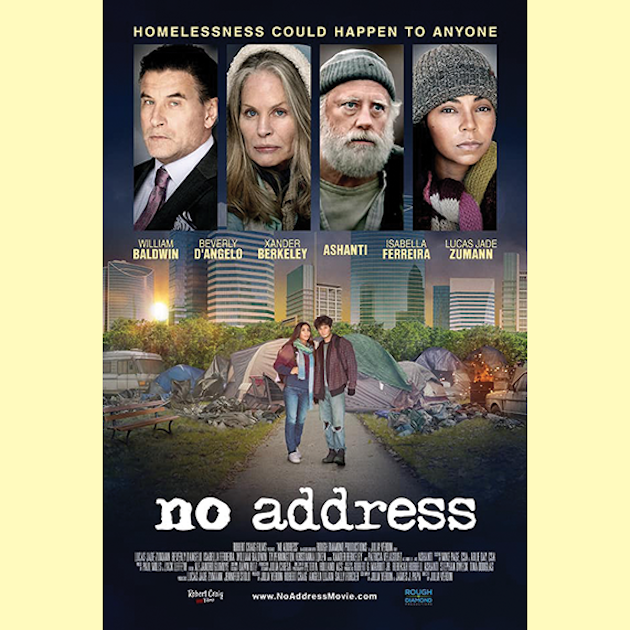
No Address, The Movie: In this award-winning drama, a group of individuals who unexpectedly fall into homelessness bond together as a family and navigate the challenges of not having a physical address in the hopes of getting their lives back.
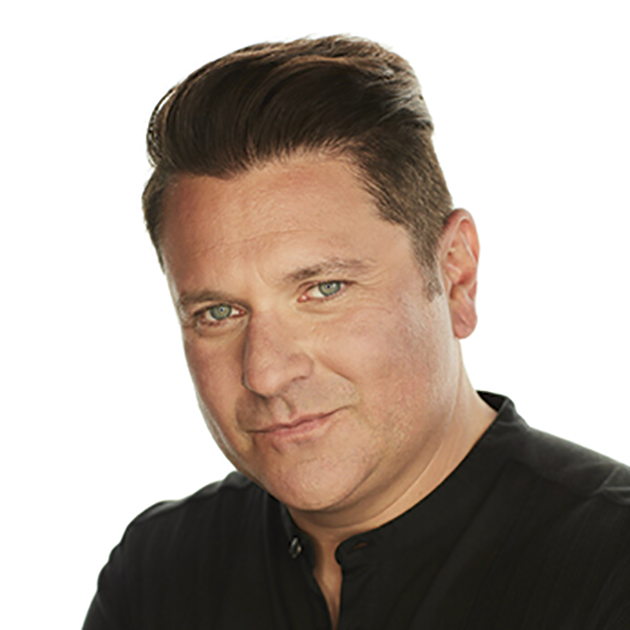
The Album: This soundtrack features music from the movie and documentary. It was created in partnership with Grammy-Award winning writers, producers, and artists, including Rascal Flats’ Jay DeMarcu.
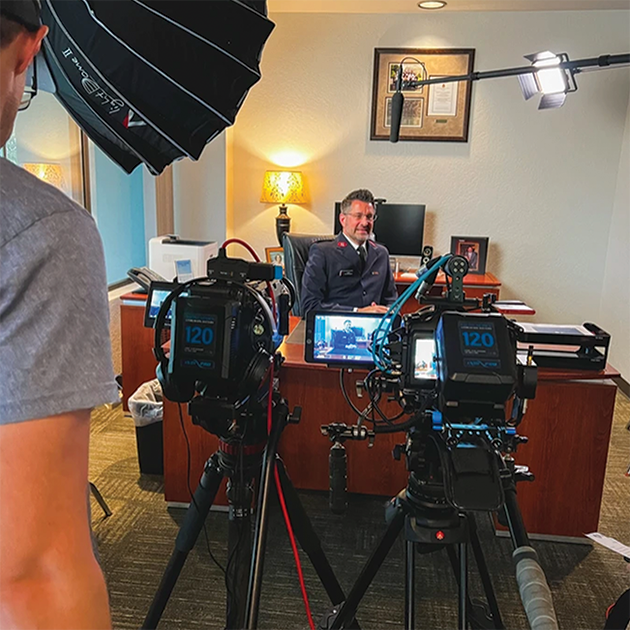
Americans With No Address, The Documentary: This 90-minute documentary explores what homelessness looks like across the country. The producers spent 3 weeks touring the country and interviewed over 500 people, including leaders of the Salvation Army. It is set to release in the spring of 2024.

No Address: An Interactive Study Guide: This faith-focused companion book to the feature film provides practical ways for individuals and groups to combat homelessness. It includes commentary from industry leaders nationwide, including Commissioner Jolene Hodder, and is available for purchase on March 5th.
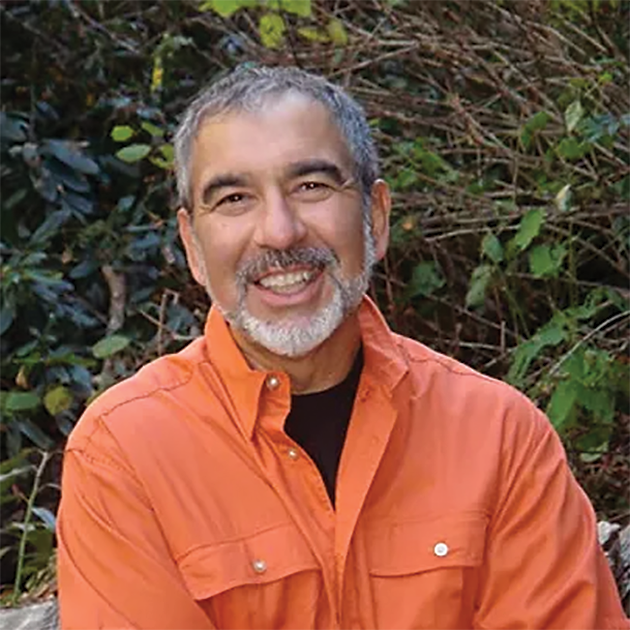
No Address: A Novel: The book is an expanded story based on the screenplay. It is written by New York Times bestselling author Ken Abraham.







